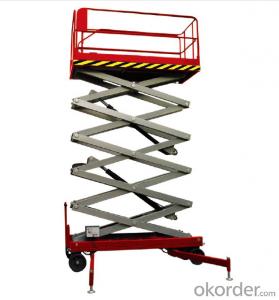Fronius Solar Inverter Manual
Fronius Solar Inverter Manual Related Searches
Ac Inverter For Solar Panels Solar Panel With Ac Inverter Gas Furnace With Ac Panda Hot Water Bottle Cover Minion Hot Water Bottle Cover Abb Solar Water Pump Inverter Solar Water Pump Philippines Extra Long Hot Water Bottle Solar Panel Dc To Ac Inverter Old Fashioned Hot Water BottleHot Searches
Second Hand Scaffolding Poles For Sale Pedestal Fan With Water Spray Price High Mast Light Price List Philips High Mast Lighting Price List Bajaj High Mast Lighting Price List Bike Gps System Price In India Outdoor Led Screen Price Coronation Hot Water Bottle Price Price Of Water Cooler Solar Module Wholesale Price Evacuated Tube Solar Collectors Price Abb 50 Kw Solar Inverter Price Wholesale UPVC Pipe Price Philippines Mtn Lumos Solar Inverter Price Lorentz Solar Pumps Price Alcoa Aluminum Stock Price Today Aluminum Skirting Price Price Of Century Plywood 19Mm pvc resin price index Lasani Wood Sheet PriceFronius Solar Inverter Manual Supplier & Manufacturer from China
Okorder.com is a professional Fronius Solar Inverter Manual supplier & manufacturer, offers integrated one-stop services including real-time quoting and online cargo tracking. We are funded by CNBM Group, a Fortune 500 enterprise and the largest Fronius Solar Inverter Manual firm in China.Hot Products
FAQ
- The maximum DC voltage that a solar inverter can handle varies depending on the specific model and design. However, in general, most solar inverters can handle DC voltages up to 1000V or higher. It is important to consult the manufacturer's specifications to determine the maximum DC voltage capacity of a particular solar inverter.
- Yes, a solar inverter can be used in systems with different module orientations. Solar inverters are designed to convert the DC power generated by solar panels into AC power that can be used by household appliances or fed back into the grid. They can accommodate various module orientations, including different tilt angles or orientations such as landscape or portrait. However, it is important to note that the overall efficiency of the solar system may be affected by the module orientations and their alignment with the sun.
- The efficiency loss of a solar inverter over time can vary depending on various factors such as the quality of the inverter, maintenance practices, and environmental conditions. Generally, solar inverters experience a gradual decrease in efficiency over their lifespan. On average, the efficiency loss can range from 0.5% to 1% per year. However, regular maintenance and monitoring can help minimize this loss and ensure optimal performance.
- The input current rating of a solar inverter directly affects its performance as it determines the maximum amount of current that the inverter can handle from the solar panels. If the input current rating is too low, it may not be able to handle the full power output of the solar panels, leading to inefficiency and potential damage to the inverter. On the other hand, if the input current rating is too high, it may be overkill for the system, resulting in unnecessary costs. Therefore, selecting an appropriate input current rating is crucial for optimal performance and longevity of a solar inverter.
- Yes, a solar inverter can be designed to work with different communication protocols. Many modern solar inverters come with multiple communication options such as RS485, Ethernet, Wi-Fi, or even Bluetooth. This allows for integration with various monitoring systems, smart home devices, or remote control systems, ensuring compatibility and flexibility for different communication protocols.
- A solar inverter communicates with other system components through wired or wireless connections. It exchanges data and instructions with solar panels, batteries, smart meters, and monitoring systems using protocols such as Modbus, CAN bus, or Wi-Fi. This communication enables real-time monitoring, power optimization, grid interaction, and system management for efficient and effective solar energy utilization.
- Yes, a solar inverter can be used with micro-inverters. In fact, it is a common practice to combine a central solar inverter with micro-inverters in a solar system. The central inverter is responsible for converting the direct current (DC) power generated by the solar panels into alternating current (AC) power, while the micro-inverters optimize the power output of each individual solar panel. This combination allows for increased efficiency and flexibility in managing the solar system.
- A solar inverter converts DC power to AC power by utilizing a two-step process. First, it converts the DC power generated by the solar panels into a high-frequency AC current. Then, it uses a transformer to increase the voltage and shape the AC waveform to match the grid's requirements. This process allows the solar energy to be fed into the electrical grid or used directly in homes and businesses.














































